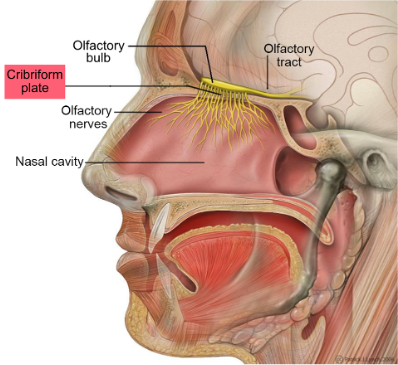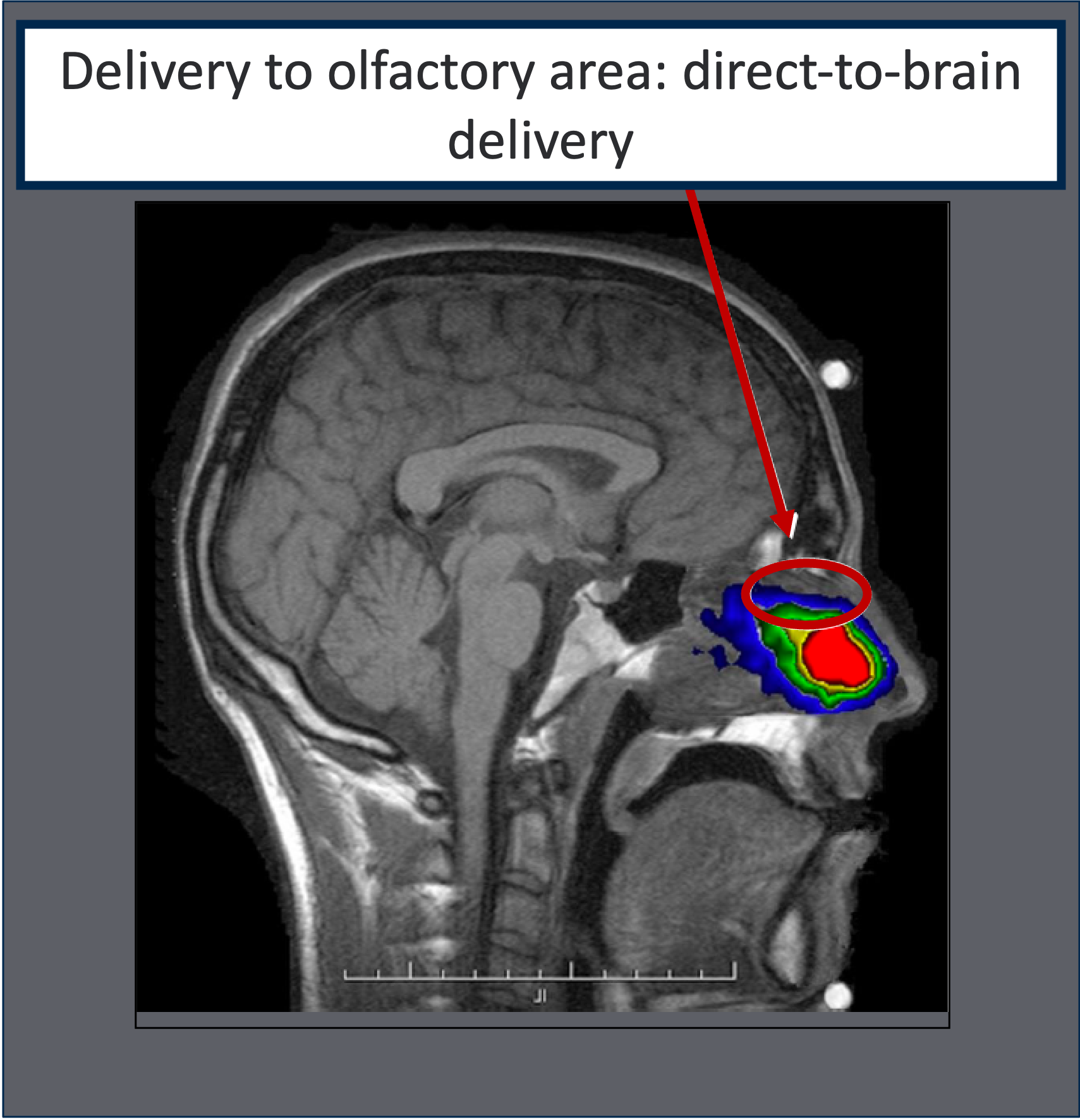Overcoming the Blood-Brain Barrier: Challenges for Drug Delivery
Cribriform Plate: A Gateway to the Brain
The Blood-Brain Barrier and Cribriform Plate

Imagine your brain as a VIP party venue, where only the most important guests are allowed entry. Well, the blood-brain barrier acts as the bouncer, ensuring that only the right substances can enter this exclusive location. It forms a protective barrier between your bloodstream and your brain, safeguarding its delicate environment.
The blood-brain barrier is a highly selective and protective barrier that separates the circulating blood from the brain tissue. Its main function is to regulate the passage of substances into the brain, allowing essential nutrients while preventing potentially harmful substances from entering. While this barrier is crucial for maintaining the brain’s health, it poses significant challenges for scientists developing drugs for neurological disease.
One of the primary challenges is the BBB’s tight junctions, which restrict the movement of large molecules, including many drugs, from entering the brain. These tight junctions act as a physical barrier, preventing the free passage of substances. Therefore, finding a way to bypass or overcome these tight junctions is essential for delivering drugs to the brain.
Another challenge lies in the BBB’s efflux transporters. These specialized proteins actively pump out certain drugs and foreign substances from the brain, further limiting their penetration into the central nervous system. Overcoming the efflux transporters is crucial to ensure that therapeutic drugs reach their intended targets in the brain.
At Cogmotos, we are tackling these challenges through innovative drug delivery strategies. To circumvent the BBB, Cogmotos employs the use of a unique intranasal drug delivery device. The cribriform plate is a thin bone that separates the nasal cavity from the brain. It contains tiny holes that allow the olfactory nerves to pass through. By using a device that creates precisely-controlled turbulent flow, we can deliver drugs directly to the olfactory nerves, bypassing the BBB. This approach has the potential to deliver drugs to the brain more efficiently than traditional methods, and opens up entire classes of drugs previously not viable as treatments for neurological disease.
Bypassing the BBB with Intranasal Drug Delivery


Developing effective treatments for postoperative delirium requires overcoming the challenges posed by the blood-brain barrier. Cogmotos is committed to do this, pushing the boundaries of drug development by deploying innovative systems-biological strategies and delivery technologies. By doing so, we aim to provide patients with safe and effective therapies that can improve their long-term quality of life.
Please note that the information provided here is for informational purposes only and should not be considered medical advice. If you have any specific questions or concerns, it is always best to consult with a healthcare professional.